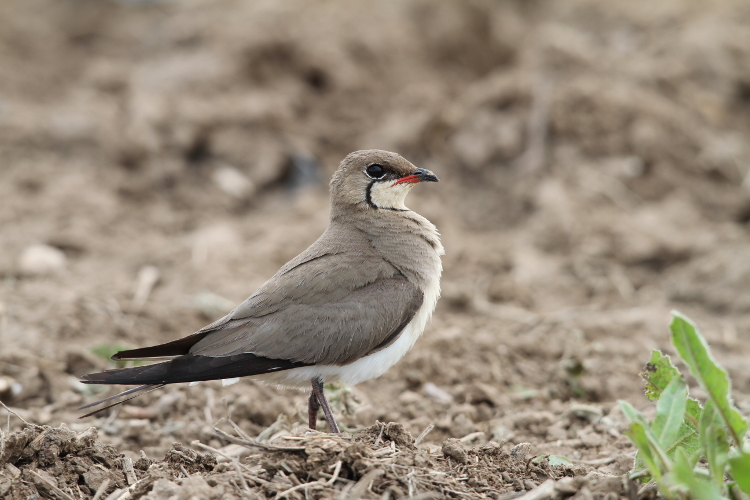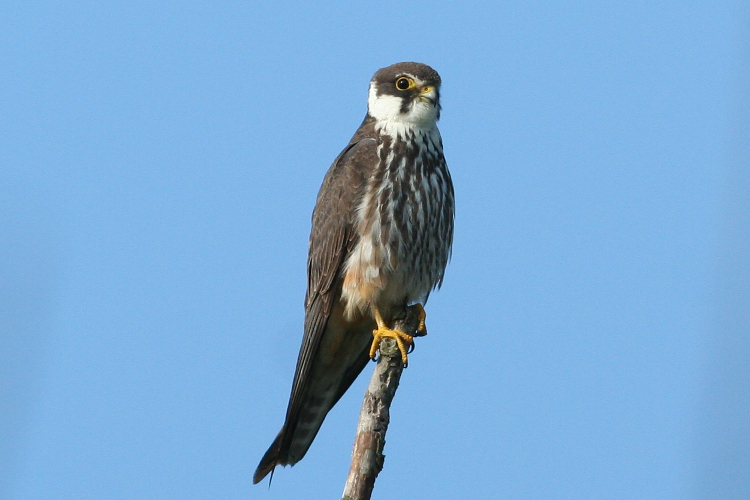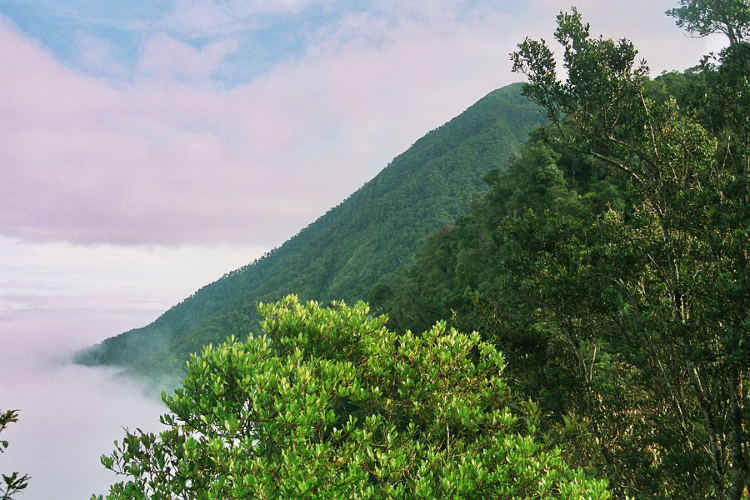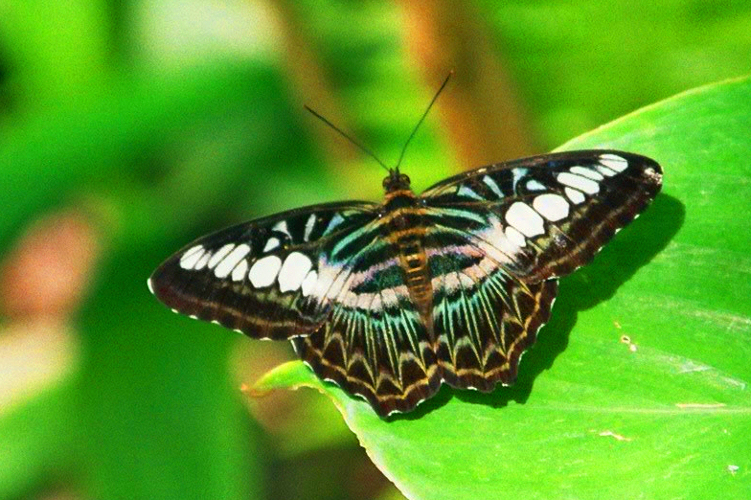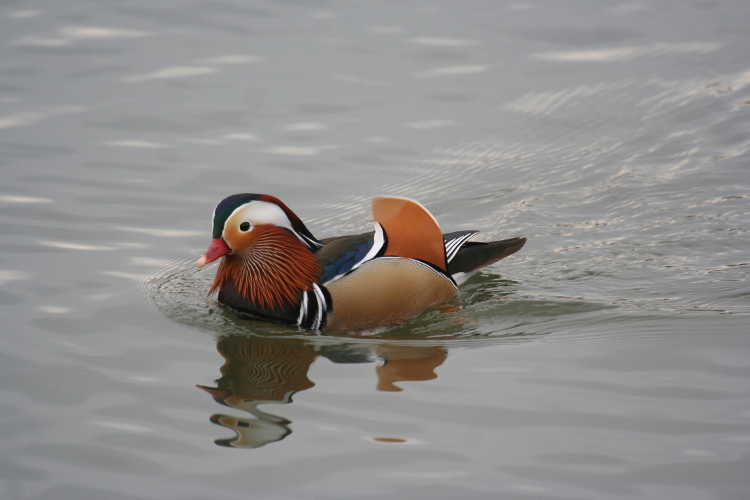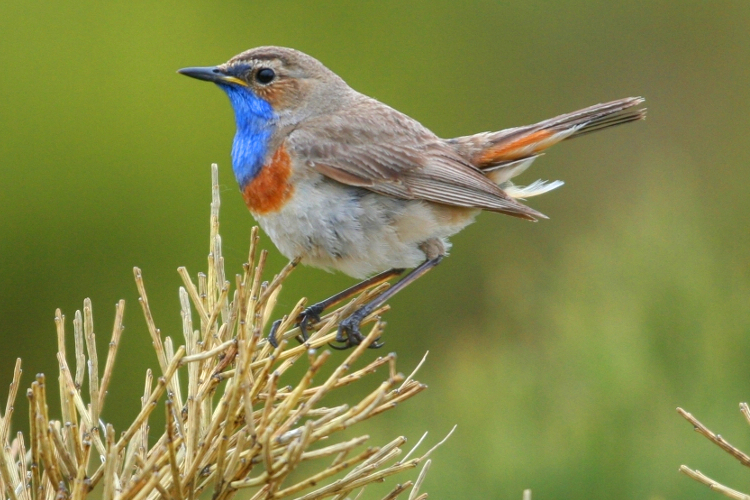LINKS



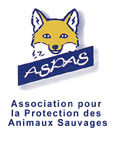

Ayuwat Jearwattanakanok's photo gallery
ouessant-digiscoping
Montier's photo-festival
Mike Watson's blog-page on birds
IOC World bird list
Birds of the World
www.wikiaves.com
orientalbirdclub
www.ornitho.lu
www.ornitho.fr
www.ornitho.ch
Guislain Simard's macro-photo
jewel-beetles
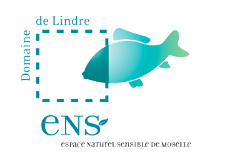





NEWS FROM GREAT-EAST FRANCE, AUTUMN 2018: ALSACE-LORRAINE AND NEIGHBOURHOODS
Automn season is générally the good period of the year to observe bird's migrations towards the south or hot countries, much of individuals in transit carrying out of the pauses in various places where bird-watchers can observe them for their pleasure. It is also the good period for the water wandering birds such as snipes, sandipers, plovers and others, migrating or non migrating. Many good observing-spots are available in the wide-east of France (comprising Champagne-Ardennes and Alsace-Lorraine), Der's Lake, regional park of Lorraine, and also neighbourhoods regions of other countries, south-west Germany and adjacent parts of Switzerland; the smallest water-birds (sandpipers and snipes) are often found on or near the not very deep gravel pits, marshes or muddy water while the plovers generally prefer the wet meadows.
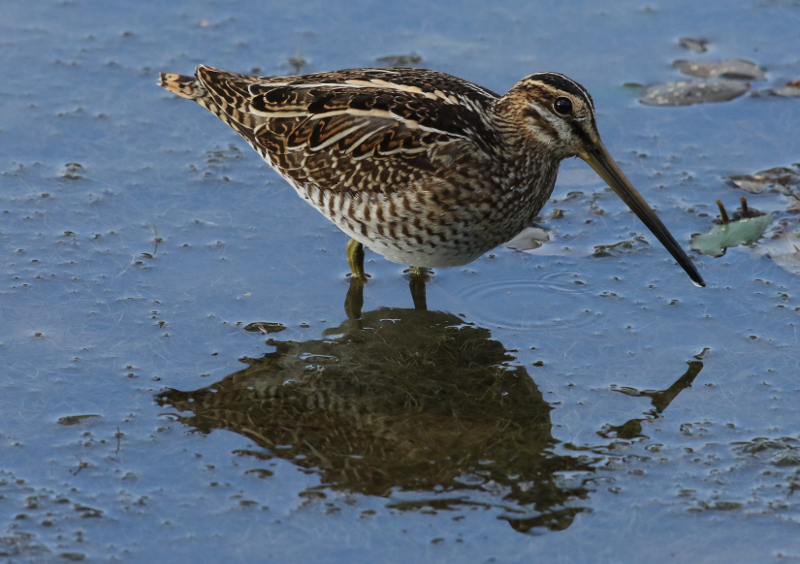
common snipe
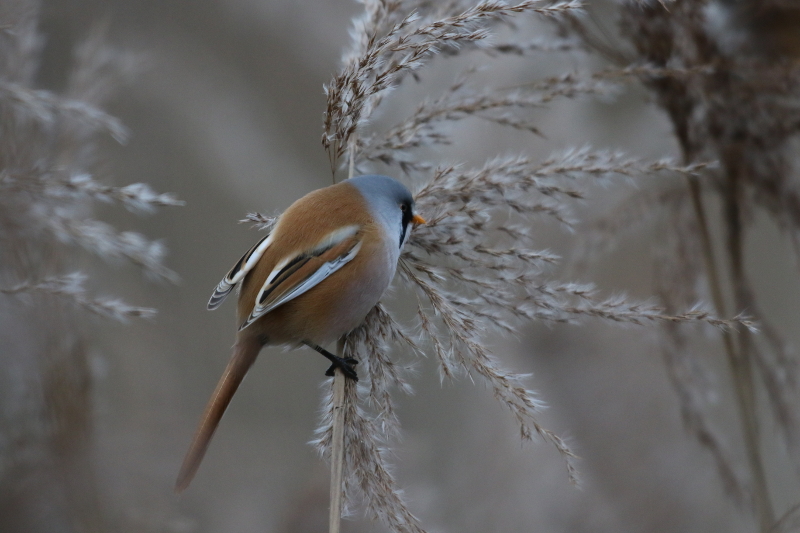
bearded tit
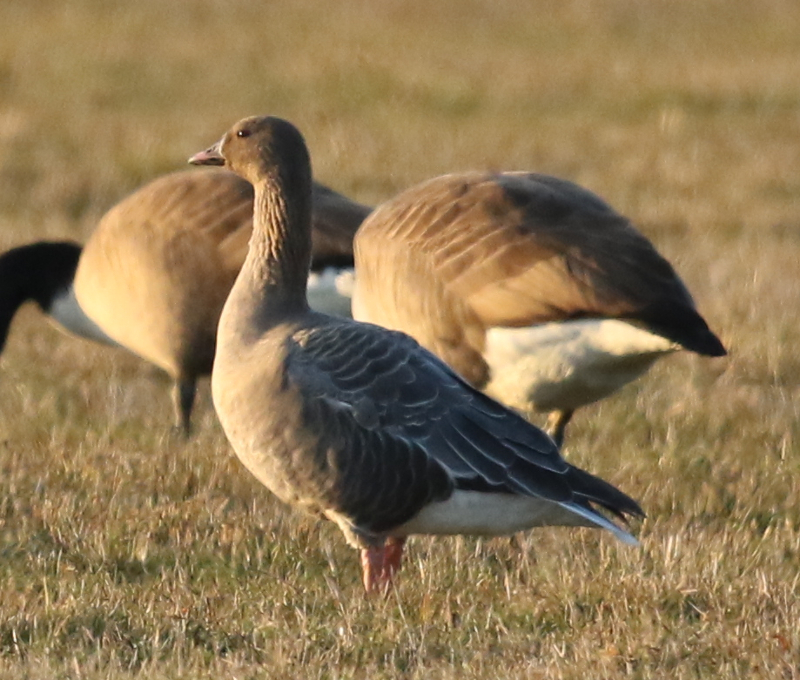
pink-foot goose
Der's lake, located in the Champagne-Ardennes is a very favoured hot-pot for birdwatchers at cold season, it is especially one of both wintering-spots for grey cranes; the cold season is the most interesting period to visit this place and adjointing water-spots (such as Amance's Lake, Orient-Wood's Lake and others): tundra's and whooping swans, white-tailed eagle, plovers, sandipers and various wintering ducks are always present and numerous at this time; and don't forget that's november is the date for the Montier's festival for nature and photo lovers. Among regular migrants at the end of summer, the eurasian dotterel remains certainly the most expected by bird-watchers; individuals stays nearly everywhere in west-Europe, on meadows and various low plants-fields, under a period starting at mid-august until mid-september. While they are numerous, generally by small groups, these birds are very unconspicious and often difficult to discern.
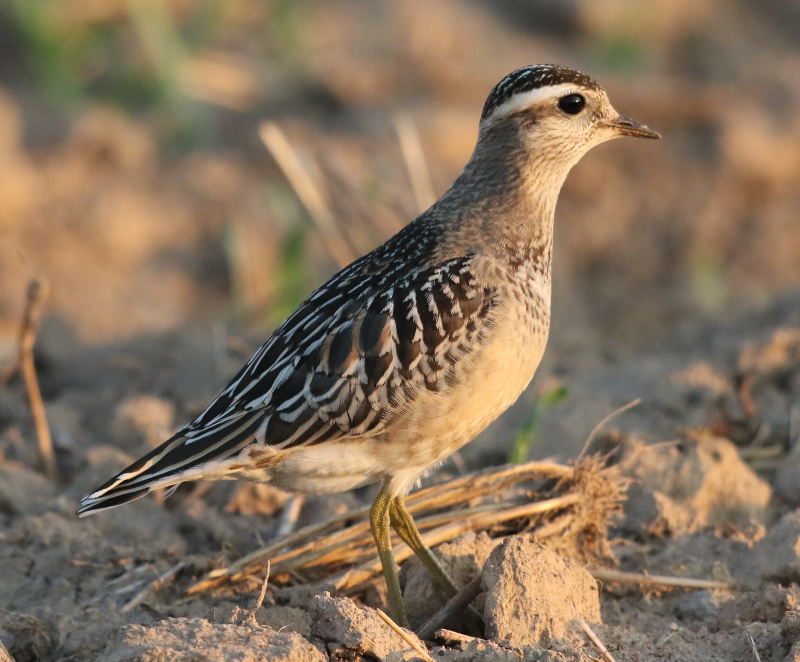
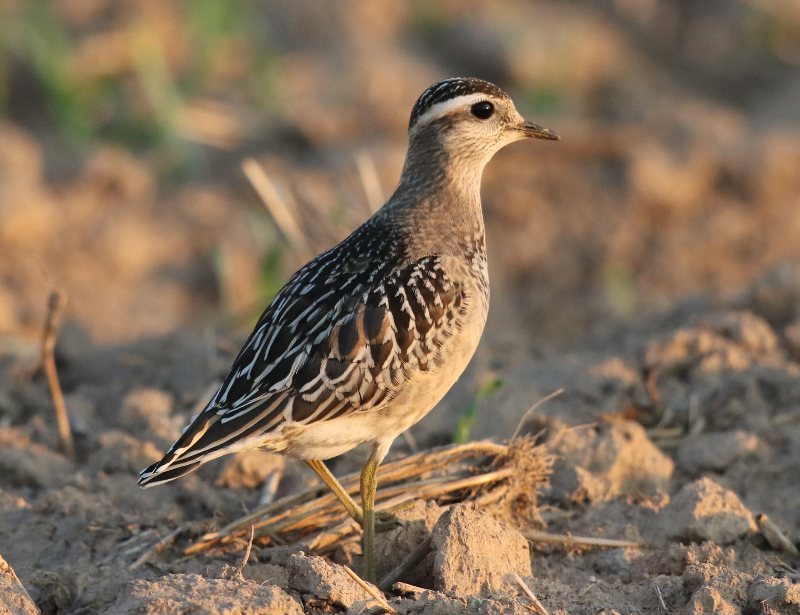
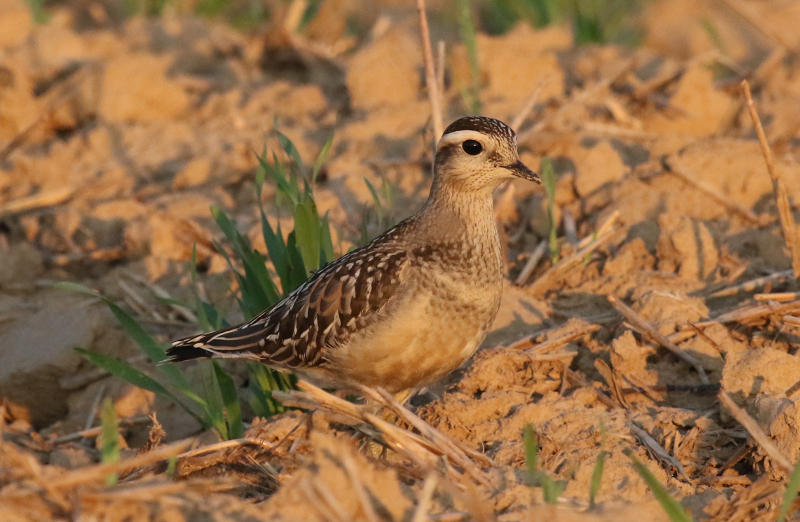
eurasian dotterel
Good spots for shore-birds in Lorraine and neighborhoods are the Haff-Remeich reserve in Luxembourg, some outskirts from the Saar river and adjacent fields in the triangle Trier-Bitburg-Saarburg, hills and fields near Montenach and Malbrouck's castle (especially for eurasian dotterel), outskirts from Mosel river between Thionville and Metz and Lindre's swamp. The small reserve of Montenach, with his seven hills, has a particular reputation for his flora and entomologic fauna.
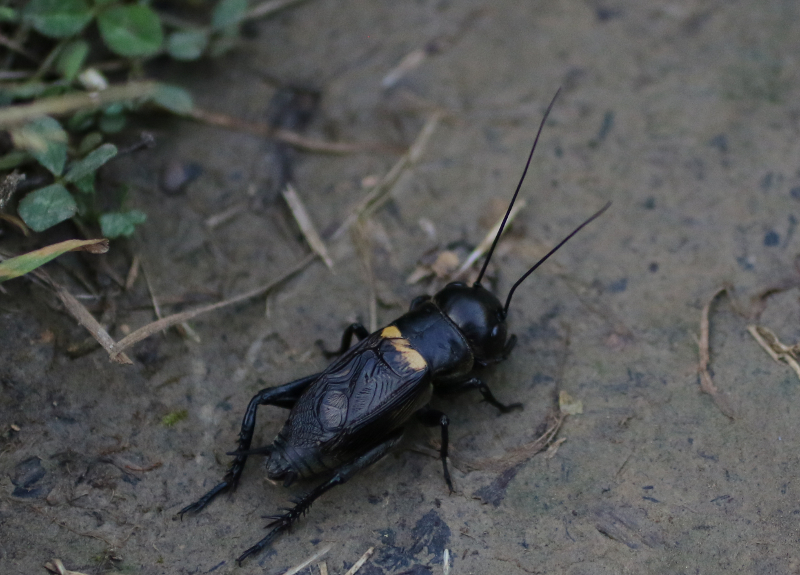
field cricket
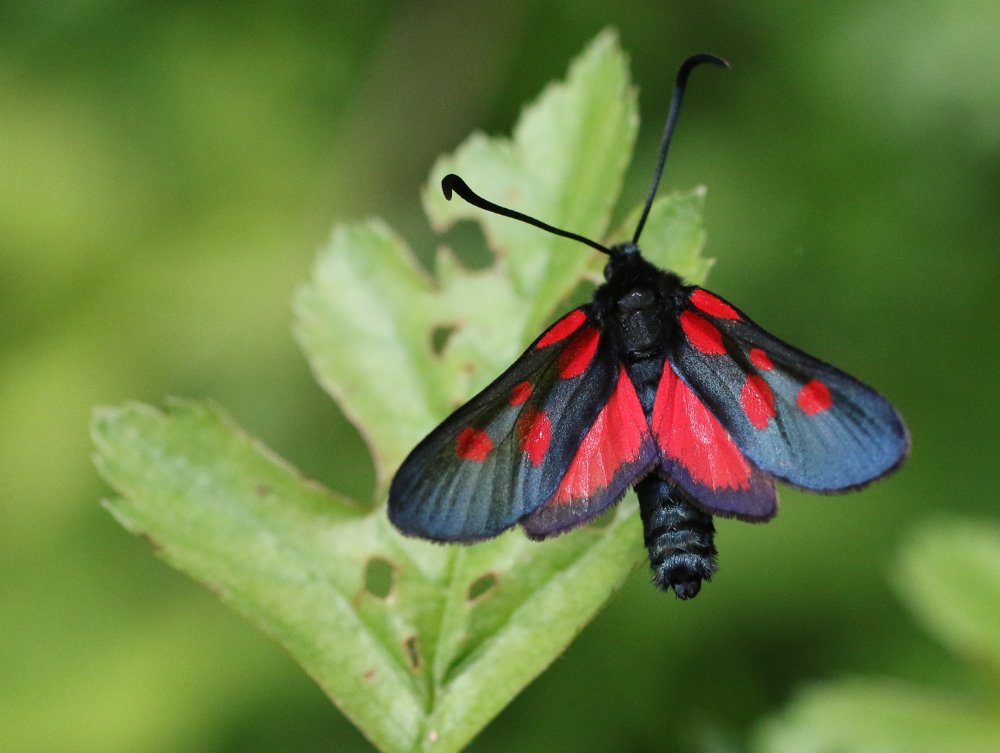
six-spotted burnet-moth
Lindre's swamp and his neighborhoods remains most prized spot by birdwatchers in Lorraine, offering beautifull oportunities during all the year; recently I observed three red-necked grebes near the banks; this specie is considered as accidental in France but it seems that individuals are more and more present especially on north-east. Sometimes, some unusual curiosity may be sight as exotic escaped from captivity, at the end of september a small group of ringed-teal (a formally inhabitant of South-America) was observed at the same spot, near the banks of the Lindre's swamp. The white-tailed eagle coming back each automn and number of these majestic raptors seems to yearly grew up, they are reguraly seen around Der's lake or Lindre's swamp.




tundra swan
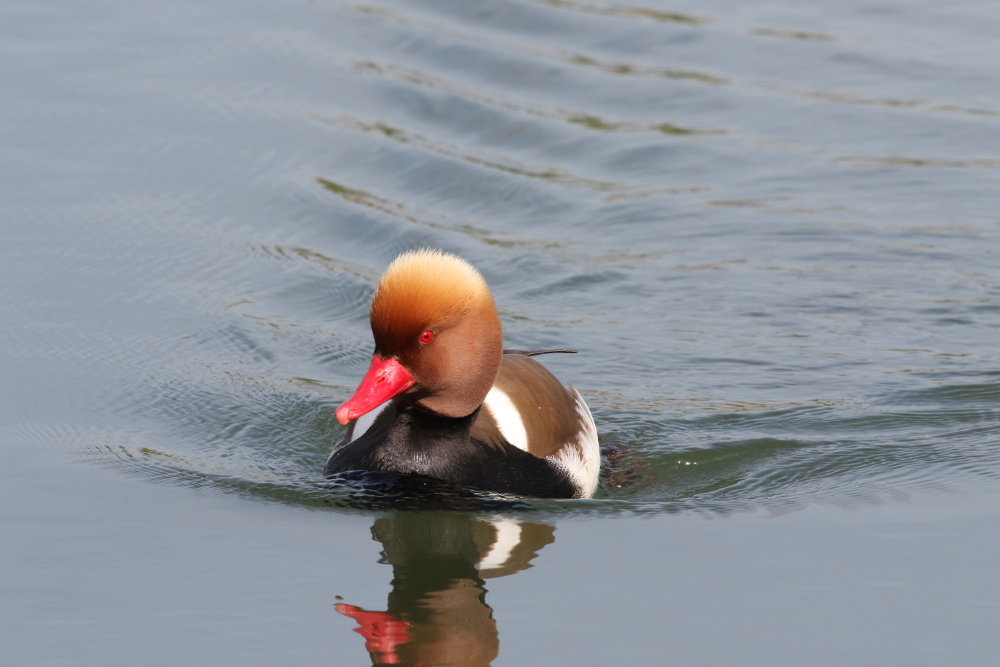
red-crested pochard

red-necked grebe
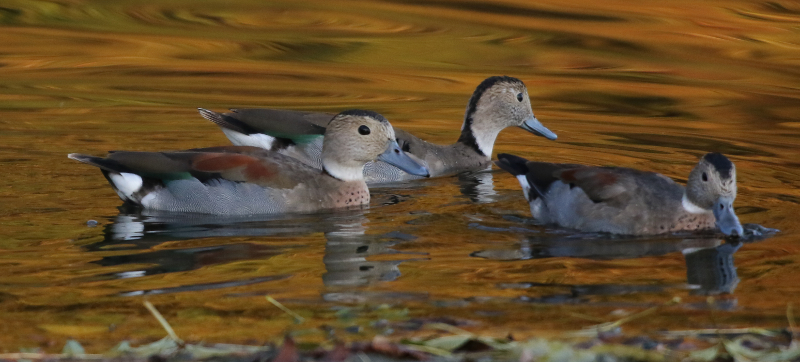
ringed teal
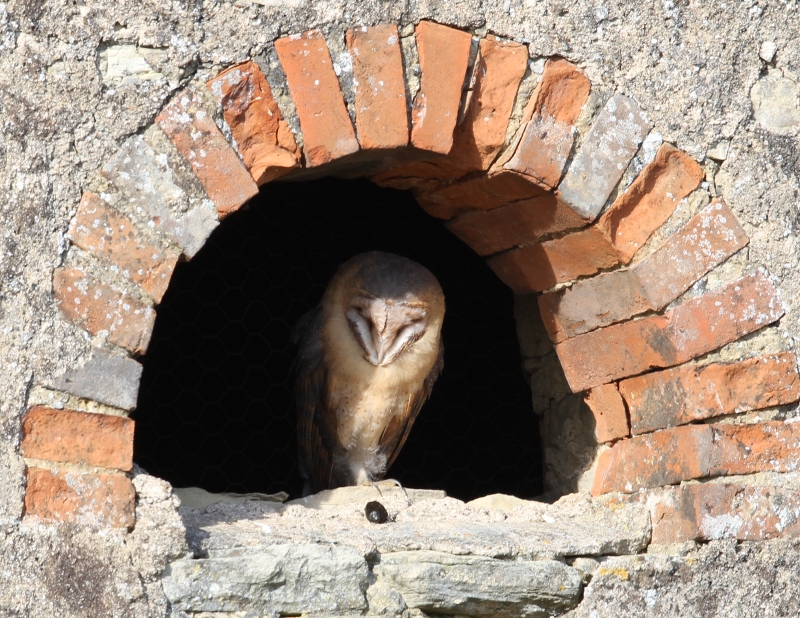
barn owl
By pursuing towards east from Regional Lorraine's park to La Petite Pierre ("Little Stone") or Sarrebourg, the visitor go across swamps region (Stock, Gondrexange and so on) and the "hunchbacked Alsace", an landscape of hills and thickets appraised by many passerines such as white-front redstart, great trush, eurasian jay and so on, occasionnaly the hoopoe may be glimpsed on gardens or orchards; some nocturnal raptors like the tawny owl or barn owl are common, the little owl and northern long-eared owl are much less common, the last may be found possibly on conifer's forest around the village of Mittersheim. By going more on north and east, the trekker can reach the North Vosges reginal park, including charming village of La Petite Pierre ("Little Stone"), a place which I appreciate especially to hear each summer musicians of the annual jazz festival on the main church's place or in the neighborhoods, for example at the Musée Lalique in Wingen-on-Moder.

Another nocturnal bird imagined by...Picasso!!!
Boreal owl and pygmy owl may be present too in the North Vosges regional park (and even going on south towards Jura and Switzerland) but these two species are rarely observed, even they are less rare than little owl. By going towards north, Haguenau's forest is an interesting place where to see numerous birds and especially the european nightjar which is commonly glimpsed at summer. Two spots have a special interest for bird-watching around Strasbourg, first on north is the Sauer's Delta between villages of Seltz and Munchausen; this humid zone located just next the Rhin owns a wide diversity of birds with 180 species and also several species of amphibians like the common spadefoot toad; on south of Strasbourg there is the water-plan of Kraft-Plobsheim which may not be considered as a natural reserve but mostly a water retention zone, originally created for regulation of the Rhin river's flow; but it's also a fact that it's a benefit for many water-birds and consequently for many bird-watchers! Kraft-Plobsheim water-zone is more interesting on winter that on hot-season, present species are mainly ducks, shags, grebes, several gulls and terns; the place hasn't a great reputation for raptors but the osprey is fairly regular; the kingfisher and many passerines are present all the year. By going towards more on south, visitor can admire charming villages enbanked in vinery valleys around Colmar, Ribeauvillé, Riquewihr and so on, and take benefits from artistic curiosities and gastronomic specialities.
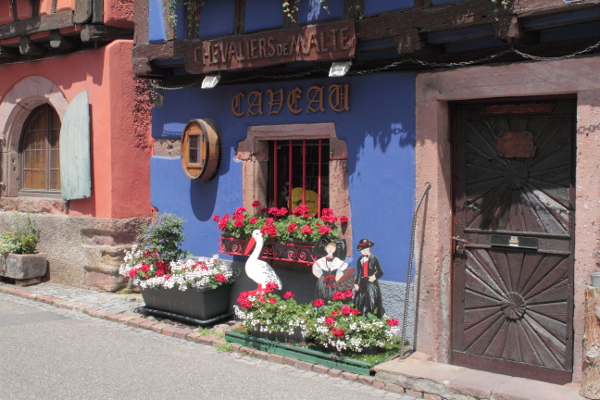
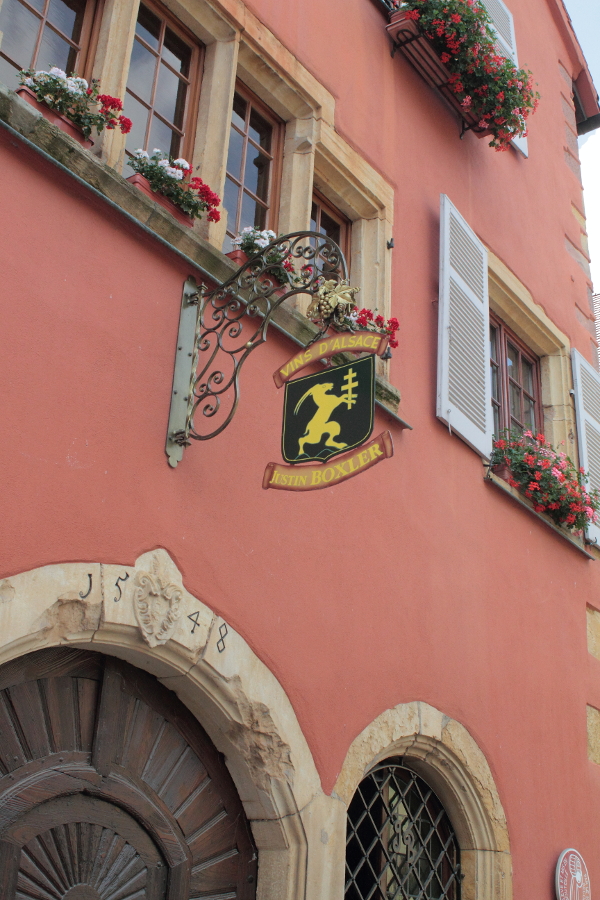
Going more on south will bring us near swiss frontier at the "Little alsacian camargue", the sole well fit up natual reserve with several observatories; this wet zone comprises mainly various landscapes and a wide biodiversity either floral than animal; more than 170 species of birds can be observed among them numerous species of ducks, waders, bitterns and even the squacco heron; the eurasian hobby-falcon is common on spring and summer. By going towards Switzerland, a lot of good observation spots are available, this year I favoured Neuchatel's lake and his neighborhoods.
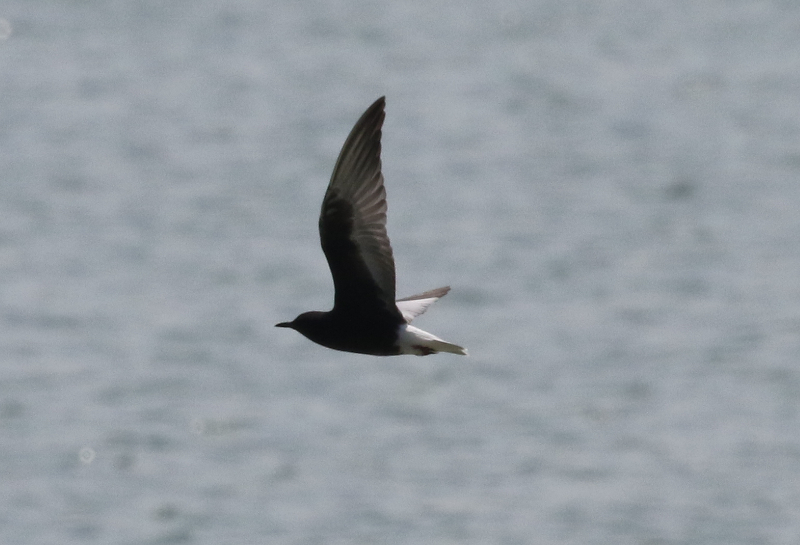
white-winged tern
The north part of the lake (where the homonym town is) can be left, south part is much interesting, offering two major places: Yverdon and La Sauge; Yverdon, a little town owns two interesing spots: Thiele and Champ-Pittet. Thiele is located downtown at the homonym canal's mouthpiece on lake's border: it's a major site where quantity of water-bird may be present.
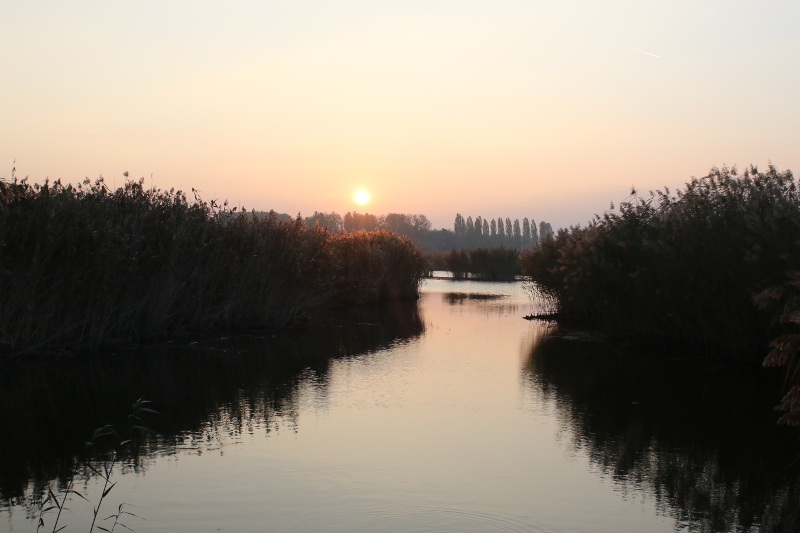
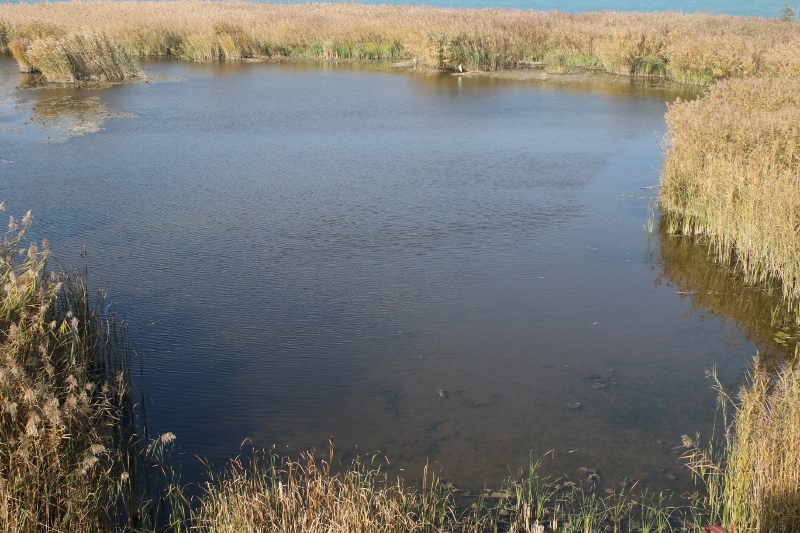
Champ-Pittet
Champ-Pittet is located outside east of the town, also on lake's border; it comprise a wide zone with reeds (the "Caricaie") and the site is fit up with two observatories (one of them is not free). By going on south-east part of the lake, you can find the natural reserve called "La Sauge" which comprise the "Chablais and Fanel" of Cudrefin, this is from far one of the most prised place by bird-watchers (and this all the year) in Switzerland; this zone offers a wide variety of landscapes, reeds, gravel zone, numerous water-spots, and mixed forests and so on...And don't forget other little lakes in the region, Fribourg's lake, Biel's lake, Morat's lake; this year, at the end of september the star of the time was a vagrant Terek's sandiper staying during several days on a gravel-bank bordering the Biel's lake: this little singular bird comes from palearctic regions from Finland to Korea, it owns to a specific genus with only one specie.
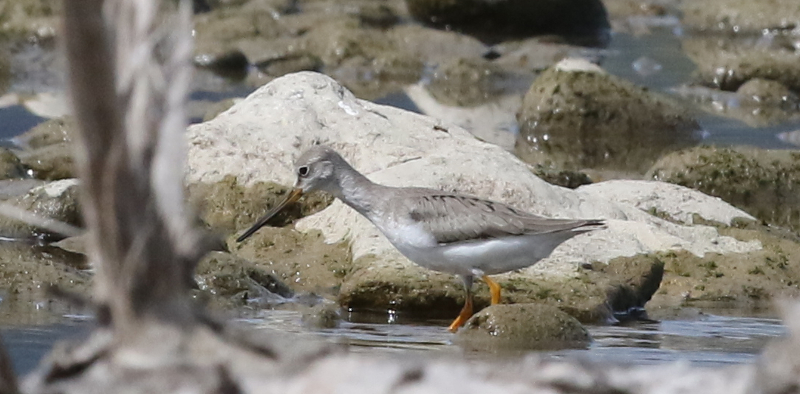
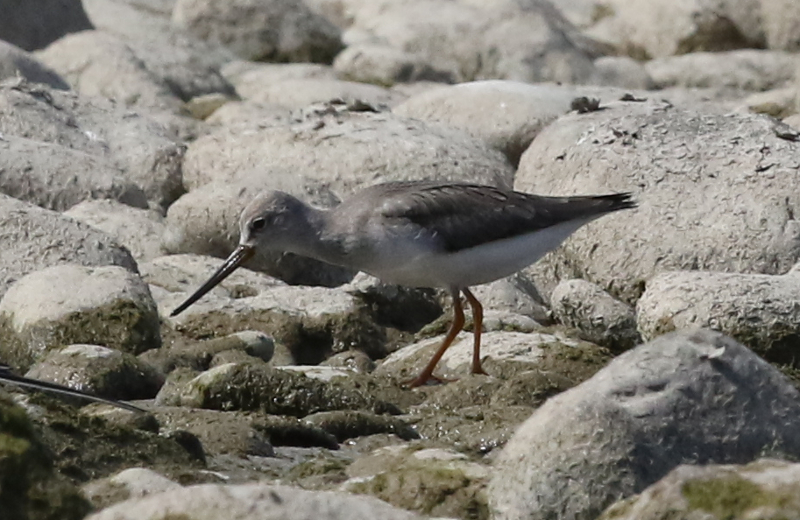
Terek sandiper
Morat's lake is less reputed but a parasitic skua was present there at last september. And don't forget the Fribourg's lake with "his" Pro-Natura well fit up reserve, the auried of KleinBosigen, an old alluvion-plain reamenaged into cultured-land but also worked for extraction of gravel: this is a good exemple of soil exploitation by multi-use, this prevailing to diversity of landscapes: it owns an exceptional natural diversity with 8 species of amphibians and 60 species of breeding birds (among a total of 190).
